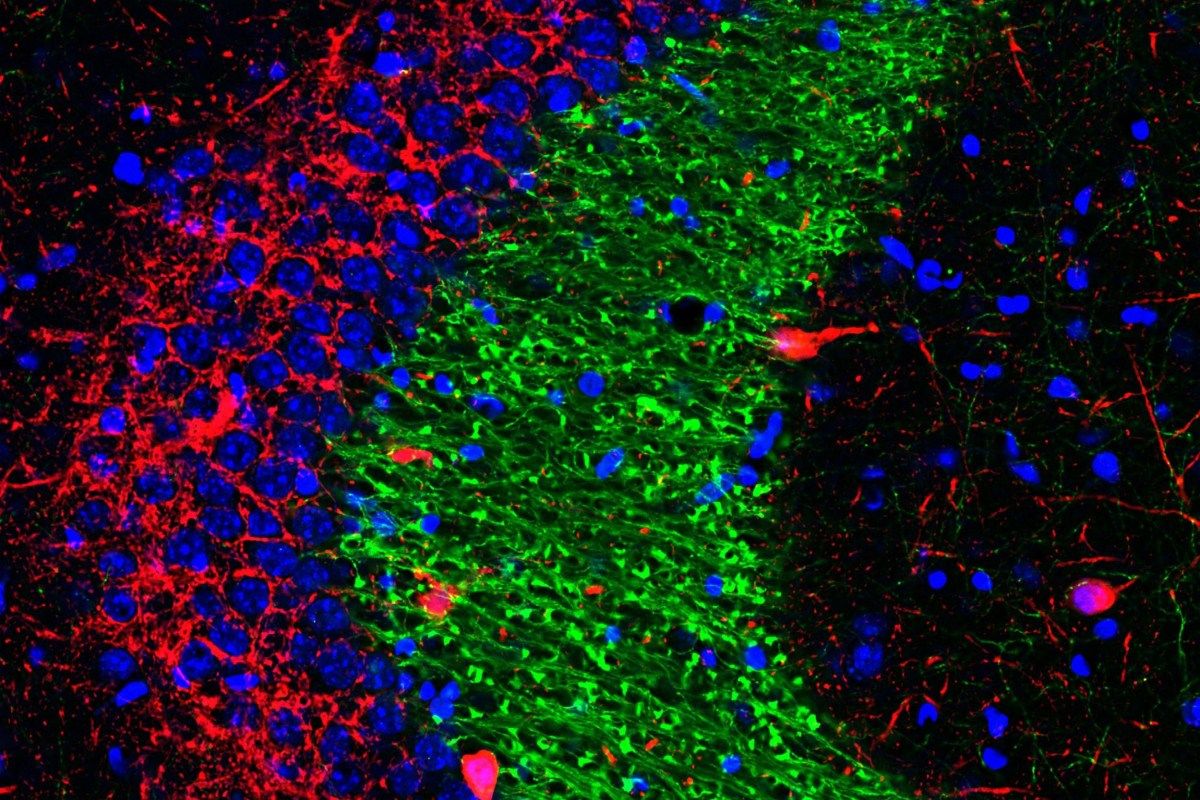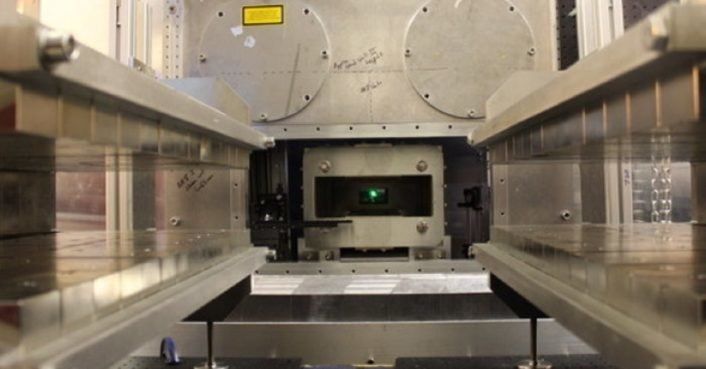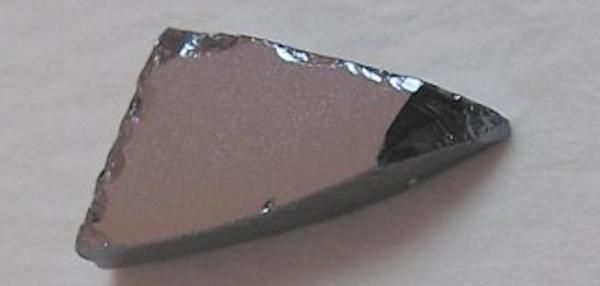Interesting.
Guillermo Haro was a Mexican astronomer. He was the first person elected to the Royal Astronomical Society from a developing country. He is portrayed on Google Doodle on 21 March 2018, commemorating his 105th birthday.
Interesting.
Guillermo Haro was a Mexican astronomer. He was the first person elected to the Royal Astronomical Society from a developing country. He is portrayed on Google Doodle on 21 March 2018, commemorating his 105th birthday.

Hugh Everett, creator of this radical idea during a drunken debate more than 60 years ago, died before he could see his theory gain widespread popularity.

A drug to slow the spread of dementia could be available in three years and a ‘vaccine’ that prevents the disease within a decade, experts say.

Innovation is the latest social, political and economic battleground. Techno-optimists dismiss fears about innovation, typecasting non-believers as Luddites. The impact of recent technological changes, they believe, will be realised over time. Luddites, on the other hand, point to weaknesses in technology.
Policymakers are placing their faith on technological advancements to boost flagging growth. But it is founded more on hope than reality.
By Satyajit Das

A neural circuit mechanism involved in preserving the specificity of memories has been identified by investigators from the Massachusetts General Hospital (MGH) Center for Regenerative Medicine and the Harvard Stem Cell Institute (HSCI).
They also identified a genetic “switch” that can slow down #memory generalization — the loss of specific details over time that occurs in both age-related memory impairment and in post-traumatic stress disorder (#PTSD), in which emotions originally produced by traumatic experiences are elicited in response to innocuous cues that have little resemblance to the traumatic memory.
“The circuit mechanism we identified in mice allows us to preserve the precision or the details of memories over the passage of time in adult as well as aged animals,” says Amar Sahay of the MGH Center for #Regenerative Medicine and HSCI, corresponding author of a paper appearing in Nature Medicine. “These findings have implications for the generalization of traumatic memories in PTSD and for memory imprecision in #aging.”

D rugs to vaccinate everyone over the age of 50 against Alzheimer’s could be available within 10 years, but would cost the NHS £9 billion, a new report has shown.
New analysis commissioned by Alzheimer’s Research UK found that drugs to halt, slow or reverse the disease could be available in as little as three years with major vaccine and screening programmes possible within a decade.
But dementia experts warned that demand from patients would be ‘instant and huge’ and called on the NHS to act now to make sure funds were in place for when the breakthroughs occurred.

Scientists at Imperial College London are attempting to use powerful lasers turn light into matter, potentially proving the 84-year-old theory known as the Breit-Wheeler process. According to this theory, it is technically possible to turn light into matter by smashing two photons to create a positron and an electron. While previous efforts to achieve this feat have required added high-energy particles, the Imperial scientists believe they have discovered a method that does not need additional energy to function. “This would be a pure demonstration of Einstein’s famous equation that relates energy and mass: E=mc2, which tells us how much energy is produced when matter is turned to energy,” explained Imperial Professor Steven Rose. “What we are doing is the same but backwards: turning photon energy into mass, i.e. m=E/c2.”

March 20 (UPI) — Scientists believe a new material, known as a scintillator, will expand the search for dark matter.
New analysis suggests the scintillator material is sensitive to dark matter particles with less mass than a proton, which should allow scientists to look for dark matter among a previously unexplored mass range.
Weakly interacting massive particles, or WIMPs, describe dark matter particles with a mass greater than that of a proton. Scientists have tried to directly detect WIMPs using a variety of strategies, but with no success.
